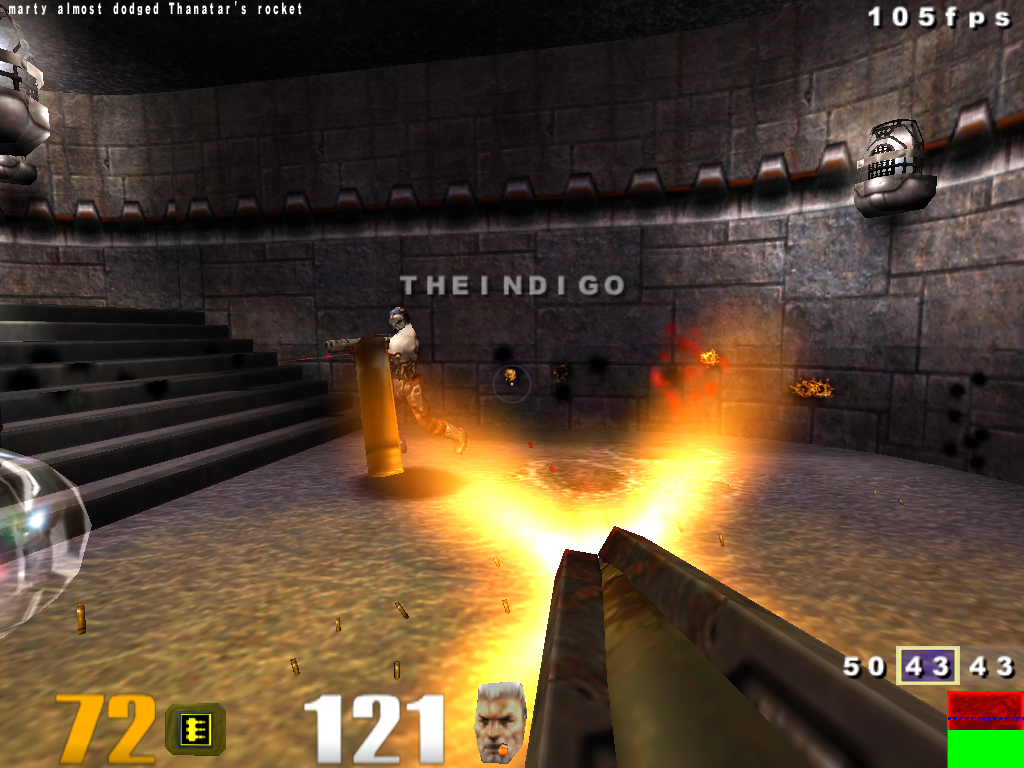During my presentation at the X Developers Conference I stated that we had been mostly using the Khronos Vulkan Conformance Test suite (aka Vulkan CTS) to validate our Vulkan driver for Raspberry Pi 4 (aka V3DV). While the CTS is an invaluable resource for driver testing and validation, it doesn’t exactly compare to actual real world applications, and so, I made the point that we should try to do more real world testing for the driver after completing initial Vulkan 1.0 support.
To be fair, we had been doing a little bit of this already when I worked on getting the Vulkan ports of all 3 Quake game classics to work with V3DV, which allowed us to identify and fix a few driver bugs during development. The good thing about these games is that we could get the source code and compile them natively for ARM platforms, so testing and debugging was very convenient.
Unfortunately, there are not a plethora of Vulkan applications and games like these that we can easily test and debug on a Raspberry Pi as of today, which posed a problem. One way to work around this limitation that was suggested after my presentation at XDC was to use Zink, the OpenGL to Vulkan layer in Mesa. Using Zink, we can take existing OpenGL applications that are currently available for Raspberry Pi and use them to test our Vulkan implementation a bit more thoroughly, expanding our options for testing while we wait for the Vulkan ecosystem on Raspberry Pi 4 to grow.
So last week I decided to get hands on with that. Zink requires a few things from the underlying Vulkan implementation depending on the OpenGL version targeted. Currently, Zink only targets desktop OpenGL versions, so that limits us to OpenGL 2.1, which is the maximum version of desktop OpenGL that Raspbery Pi 4 can support (we support up to OpenGL ES 3.1 though). For that desktop OpenGL version, Zink required a few optional Vulkan 1.0 features that we were missing in V3DV, namely:
- Logic operations.
- Alpha to one.
- VK_KHR_maintenance1.
The first two were trivial: they were already implemented and we only had to expose them in the driver. Notably, when I was testing these features with the relevant CTS tests I found a bug in the alpha to one tests, so I proposed a fix to Khronos which is currently in review.
I also noticed that Zink was also implicitly requiring support for timestamp queries, so I also implemented that in V3DV and then also wrote a patch for Zink to handle this requirement better.
Finally, Zink doesn’t use Vulkan swapchains, instead it creates presentable images directly, which was problematic for us because our platform needs to handle allocations for presentable images specially, so a patch for Zink was also required to address this.
As of the writing of this post, all this work has been merged in Mesa and it enables Zink to run OpenGL 2.1 applications over V3DV on Raspberry Pi 4. Here are a few screenshots of Quake3 taken with the native OpenGL driver (V3D), with the native Vulkan driver (V3DV) and with Zink (over V3DV). There is a significant performance hit with Zink at present, although that is probably not too unexpected at this stage, but otherwise it seems to be rendering correctly, which is what we were really interested to see:
Note: you’ll notice that the Vulkan screenshot is darker than the OpenGL versions. As I reported in another post, that is a feature of the Vulkan port of Quake3 and is unrelated to the driver.
Going forward, we expect to use Zink to test more applications and hopefully identify driver bugs that help us make V3DV better.


